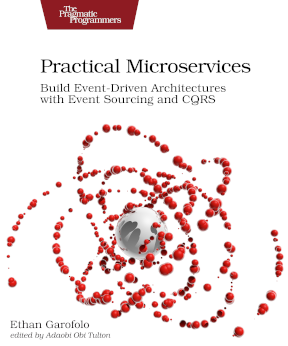Except in the most extreme situations, you’ll find how to build something a lot easier than knowing what would be worth building.
Example, a time machine would obviously be pretty handy. You could go back in time and not sell that bitcoin you doubled from roughly $100 to $200–totally hypothetical example, of course. But good luck knowing how to build it.
But software developers and people who employ software developers know how to build things, and so that’s what they do.
What if instead you lean into the hard parts? Do the hard parts first. Talk to your customers. Understand their problems, and hypothesize solutions to those problems. Make simple prototypes and show them to your customers. Just take that next step into the dark.
I’ve heard this process described as wasteful before, which genuinely blows my mind 🤯. It gets you customer feedback pretty quickly.
The only alternative I’ve seen is building entire products before getting that first piece feedback. If you really nailed to product on your first attempt, for sure that would be cheaper. But the odds of it are like hitting a bullseye in one shot.
Oh, and the dartboard is sitting on Pluto. #StillAPlanet #NeverForget
